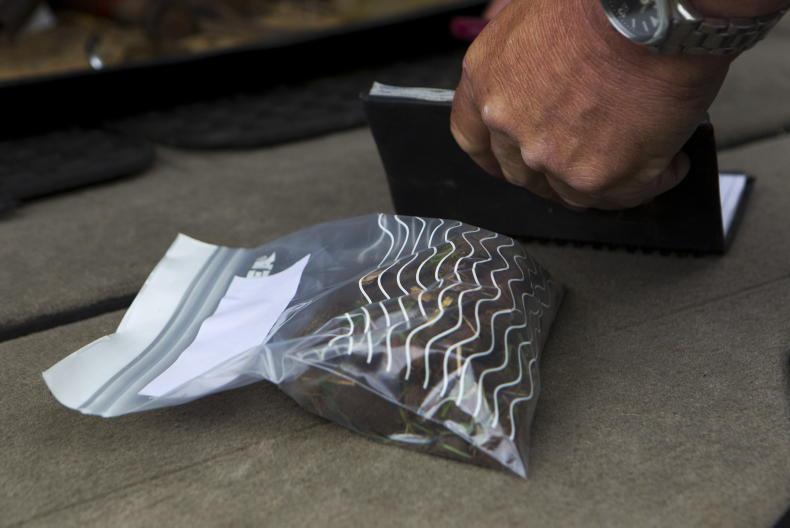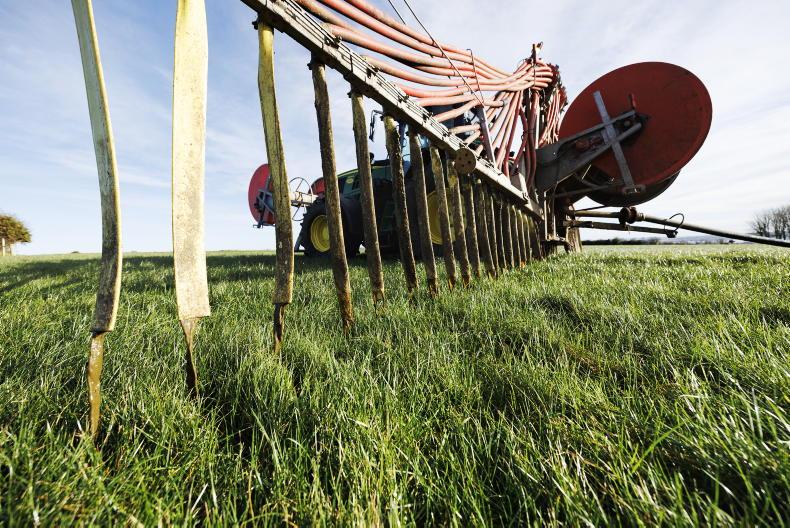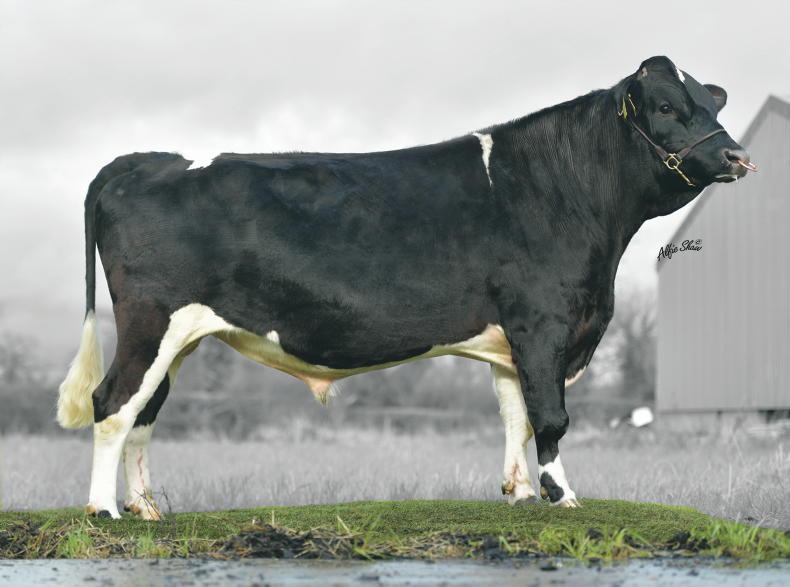Lose your competitive advantage and you just become another part of the food chain. Irish farming cannot be just another part of the chain. It needs an edge or it doesn’t survive.
We are an island in western Europe where most of our produce is exported off the island at a cost. Key inputs come in, again, at a cost. Both of those costs have escalated in recent years, putting Irish food and farmers at a significant disadvantage.
In the last 50 years, as an industry, we have been able to grow to allow farmers to evolve, invest and dilute the extra costs. That growth and development is now challenged head-on.
The technology development was grass based.
The growth was family farms investing in technology to allow them to manage greater numbers.
Cutting edge
In the last week, a high level industry group travelled to Ohio, Texas and Wisconsin to experience the cutting edge of American beef and dairy farming. They met the USDA experts, the industry leaders, and talked to farmers on the ground.
The view they got from all was that they (US farmers) have a duty of care to produce food and protein for a growing population.
The Irish party was left with their mouths wide open. The investment, the growth, the pace of technological change is leaving us in the slipstream. That’s not just Ireland, that’s the EU.
Beef calves leave the dairy farms at 24 hours of age and travel 22 hours to calf rearing farms – mortality and health are monitored carefully.
Growth continues unabated. On one farm the group visited, they were installing another 20,000 calf hutches to join the 60,000 they had already.
Dairy beef bred calves are worth US$700 each (€700) and they are put on a feed and hormone programme to reach a 400kg carcase weight at 21 months of age. The value of dairy bred calves has lifted since the suckler herd started to wane.
Falling behind
Genetic evolution is fast and precise. Oocytes are taken from calves, specific traits are identified and fast-tracked to market.
Waiting for two years of milk recording data in a seasonal system like Ireland’s to identify the best genetics to breed from and you are already five years behind. What takes us 10 years in Ireland takes three years in the US. Sexed semen is the norm.
Yes, sexed semen in itself brings challenges. The multinational companies control the herd genetics with contracts. If you have 95% female calves and the 5% of bull calves are castrated at birth, you keep a tight handle on the sires of the future.
However, inevitably, it means international genetics will once again overtake our current genetic selection protocol.
The days where once we had international sires on the top of our genetic lists will soon return at the fast pace of international development. Black and white animals will soon produce Jersey type milk solids.
Ok, maybe better fertility will be our point of differentiation, but will it be as important for Ireland in the future? Our grass based advantage is being eroded with every passing year.
Take this fast-paced US growth, development, and technology story and bring it back to an Irish context. Here we are currently embroiled in a nitrates debacle that is pitting farmer against farmer to scrap over land that they don’t need.
If we were really serious about water quality, we wouldn’t be going down this road. Why would we? Some of our best operators at farm level are being restricted for no reason. To say this impacts on a small number of dairy farmers only is nonsense.
It travels across the industry, from livestock into the tillage sector. Tillage farmers are now competing with livestock farmers who don’t need the land, but need the maps.
The acres of maize we grow have increased because livestock farmers need a crop that will produce forage, use nutrients and doesn’t take day-to-day management. In 2023, we are almost at 20,000 hectares of maize, up from 15,000 hectares a year ago.
Maize is a crop that needs protein supplement and is notoriously poor from an environmental point of view. The dots are just not joining up on where all our previous research and advice investment has gone.
It’s going to take some strong individuals to stand up and shout stop or we risk getting lost in the white surf of our competitors.










SHARING OPTIONS